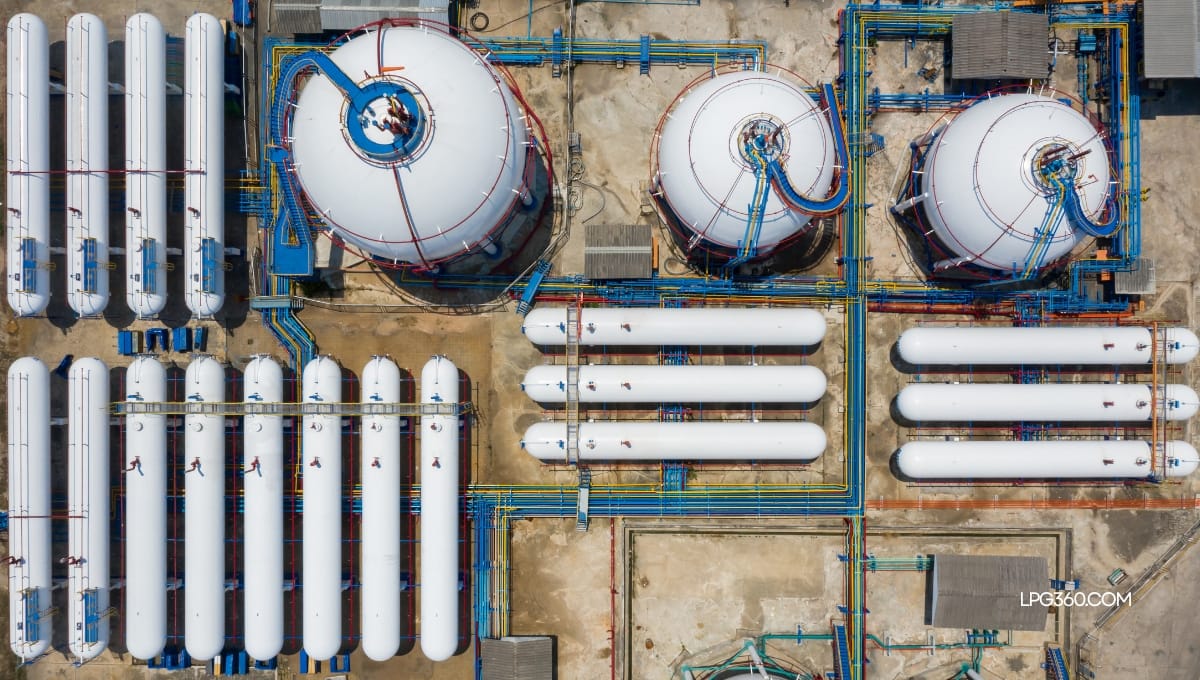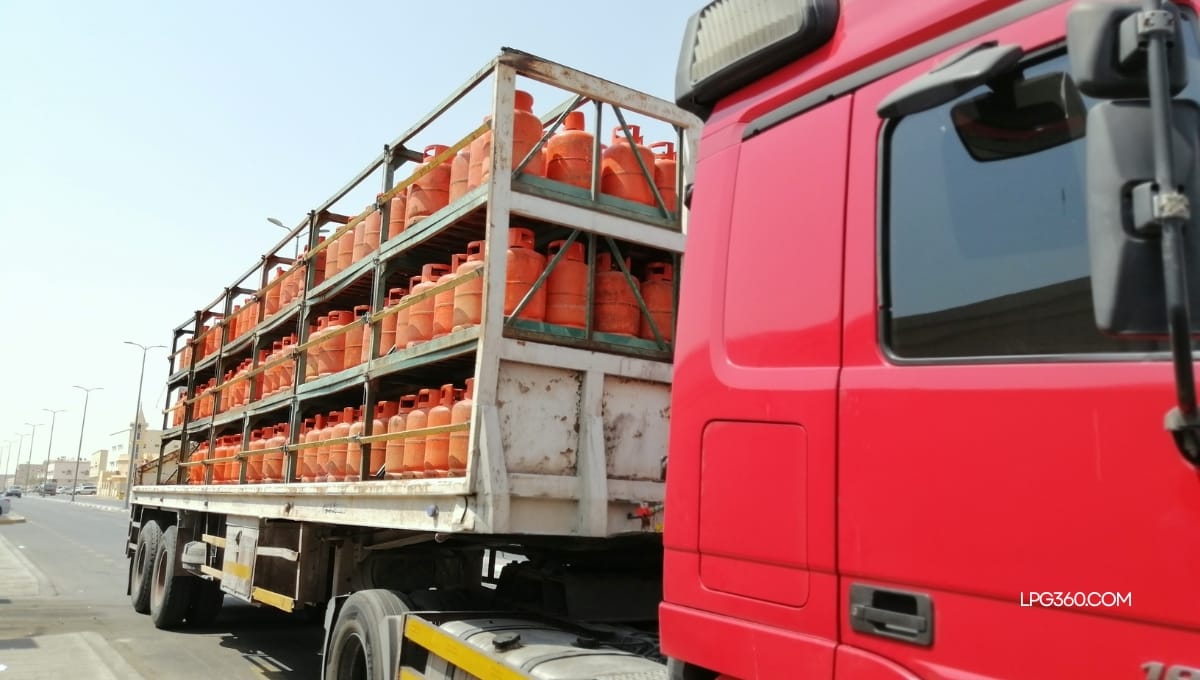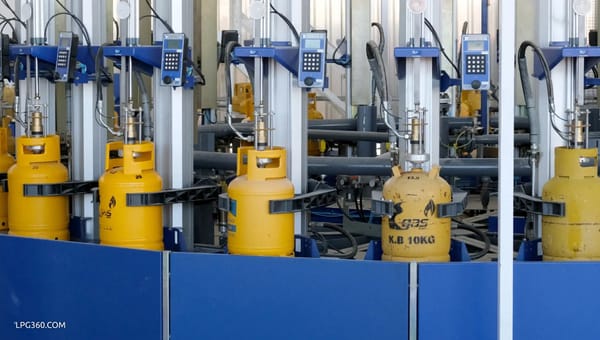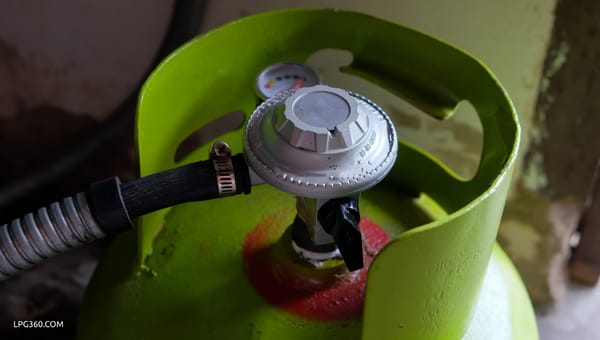Ensuring Safety and Efficiency: Best Practices for LPG Plant Maintenance and Risk Management

Conduct Regular Risk Assessments LPG plant maintenance and risk management are crucial aspects that directly impact the safety, efficiency, and cost-effectiveness of operations. With the inherent risks associated with handling flammable materials, regular maintenance and risk management practices are essential to ensure the safe and efficient operation of LPG plants. By adopting best practices in maintenance and risk management, businesses can enhance plant reliability, reduce downtime, and prevent accidents, all while maintaining regulatory compliance.
Best Practices for LPG Plant Maintenance and Risk Management
- Implement Preventive Maintenance
Preventive maintenance ensures that equipment is checked regularly to identify and address potential issues before they result in breakdowns. Regular inspections of pressure regulators, storage tanks, and safety valves can prevent unexpected failures, ensuring that the plant operates smoothly.
Regular risk assessments help identify potential hazards within the plant, such as equipment malfunctions, gas leaks, or fire risks. These assessments should include evaluating fire suppression systems, emergency shut-down mechanisms, and ventilation systems, and implementing corrective measures where necessary.- Adopt a Robust Safety Management System
A safety management system (SMS) helps identify and mitigate risks associated with plant operations. This includes emergency response plans, employee training programs, and regular safety drills. An SMS ensures that every member of the team understands their role in maintaining safety and is prepared to respond to potential emergencies. - Invest in Real-Time Monitoring Systems
Real-time monitoring systems with IoT sensors and smart devices enable continuous tracking of critical parameters such as gas pressure, temperature, and leakage. These systems allow plant managers to detect anomalies early and take swift action, preventing potentially hazardous situations. - Regularly Test and Calibrate Equipment
Testing and calibration of equipment ensure that sensors, alarms, and safety devices function correctly. This includes testing gas leak detectors, pressure relief valves, and fire alarms. Regular calibration prevents false alarms and ensures accurate readings, which are vital for plant safety. - Train Employees on Best Safety Practices
Regular training programs and safety workshops ensure that employees are up-to-date with the latest safety procedures and maintenance techniques. Hands-on training, such as emergency response drills, enhances staff readiness in the event of an accident or equipment failure. - Implement Predictive Maintenance Using AI and Machine Learning
By utilizing predictive maintenance powered by AI and machine learning, LPG plants can anticipate equipment failures and schedule maintenance activities accordingly. This minimizes downtime and reduces the chances of unexpected disruptions that could affect safety. - Maintain Clear Documentation
Maintaining detailed records of maintenance schedules, risk assessments, safety drills, and equipment inspections is essential for compliance and accountability. These documents provide a clear audit trail and help identify trends that can guide improvements in plant safety and performance. - Ensure Compliance with Regulatory Standards
Staying updated with industry regulations and ensuring that the plant adheres to safety codes is critical. Compliance with local and international regulations ensures that the LPG plant operates within legal and safety standards, reducing the risk of fines or shutdowns. - Develop a Strong Emergency Response Plan
Having a clear and well-communicated emergency response plan ensures that employees know how to react in the event of a safety incident. The plan should include steps for evacuation, fire suppression, and first aid, along with regular drills to practice these actions.

Conclusion
By implementing these best practices for LPG plant maintenance and risk management, businesses can significantly reduce the likelihood of accidents, enhance operational efficiency, and ensure the safety of their personnel. Regular preventive maintenance, combined with real-time monitoring, risk assessments, and employee training, creates a proactive safety culture that minimizes risks and ensures the continued success of the plant.
#LPG #LPG360 #LPGMaintenance #RiskManagement #PlantSafety #PreventiveMaintenance #IndustrialSafety #EquipmentReliability #GasPlantEfficiency #SafetyFirst #HazardPrevention #EmergencyResponse #ComplianceMatters #OperationalExcellence






